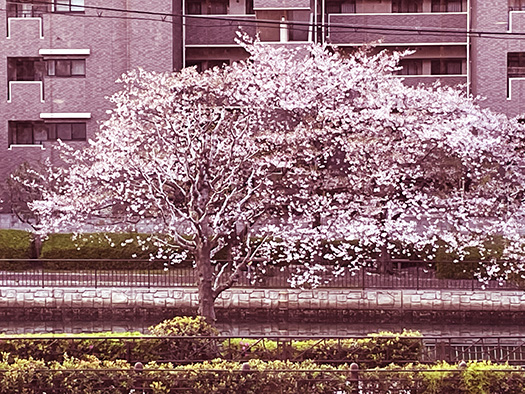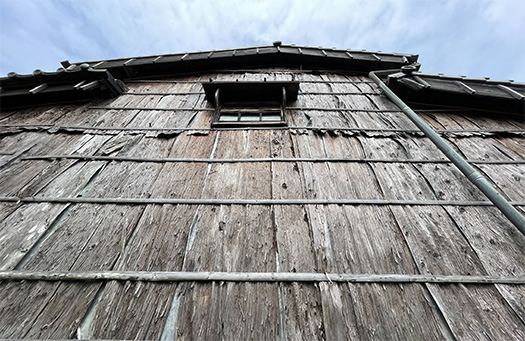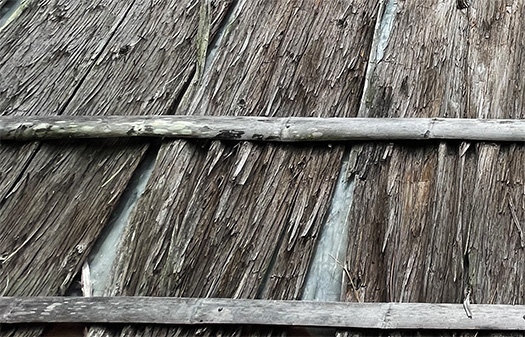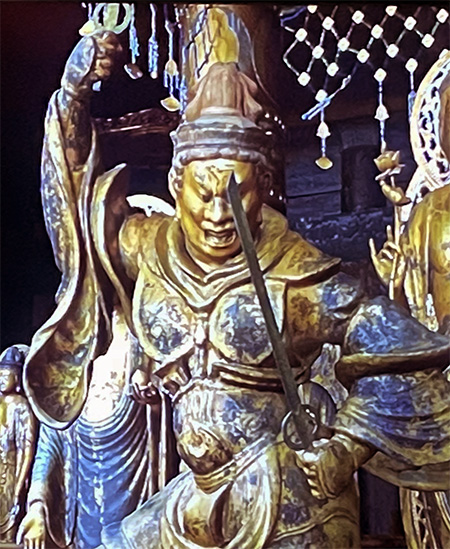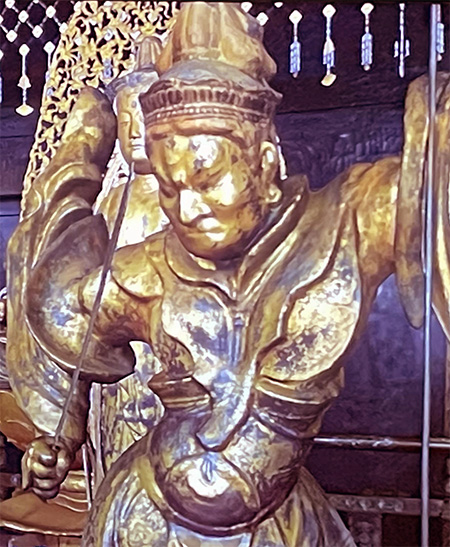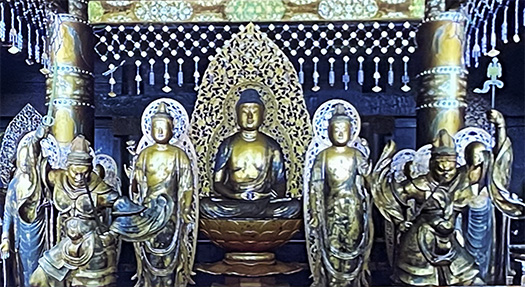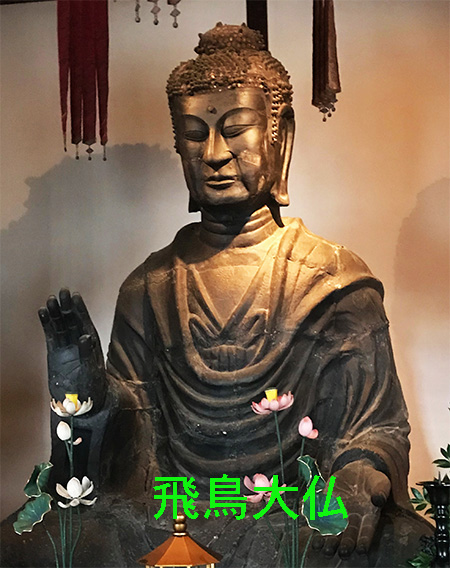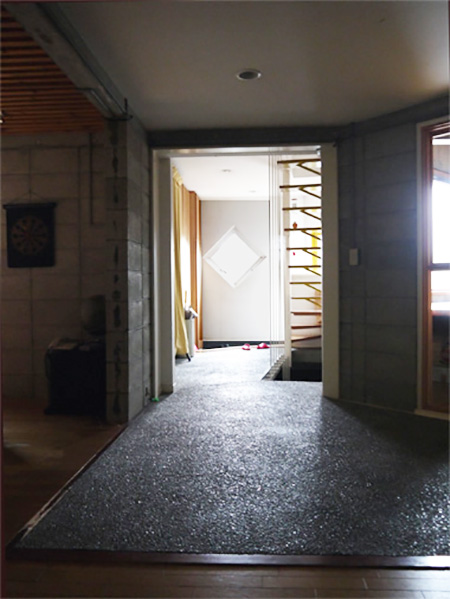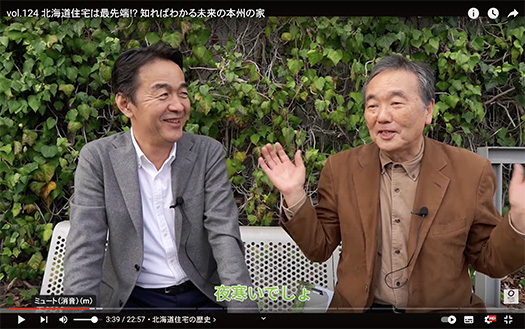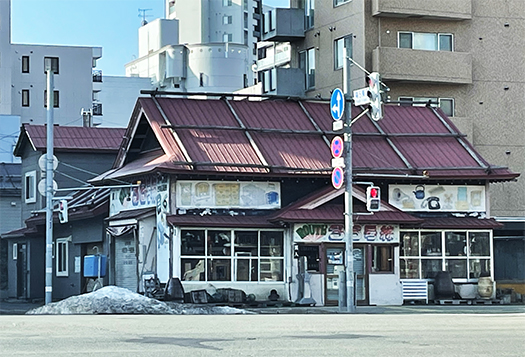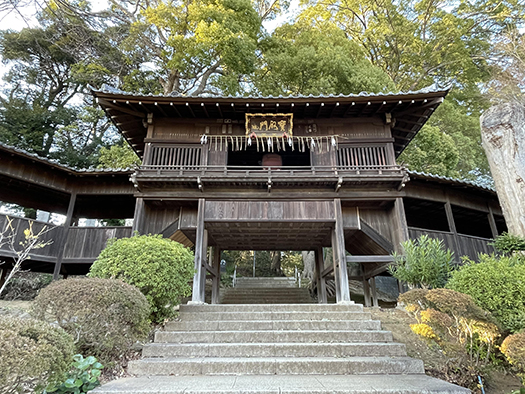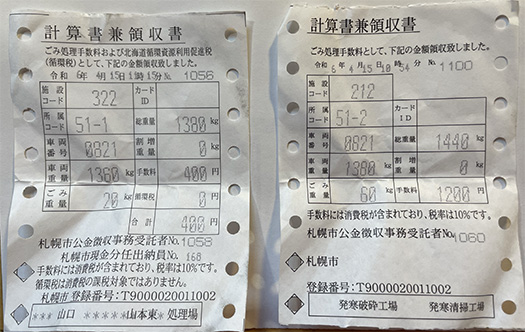
さて出張から帰還後、その間に進展した「家の断捨離」作業のチェック。
そして溜まっていた大型ゴミ類を一気に市の破砕センターに持ち込んで処分して、さらに陶器・ガラス類の専用処理センターで片付けた。もうすっかり「お馴染み」さんになってしまっていて、目が合うと「この人、なんかいつも来るなぁ(笑)」みたいな表情。どうぞよろしくお願いします。
一方家の中の整理整頓は驚くほどに進展していて、事前準備通り、昨日は工事の依頼先との打合せができました。
家の中のことは基本的に整理整頓作業がメインですが、それが進まないことには建築に依頼する前提条件ができてこない。建築作業に入ってもらうには、明示的に「ここをこうする」という共通の視認確認が大前提。家の中が混乱していては、建築側としての想像力に無用の混乱を招いてしまう結果になる。
これからのニッポンではこういう既存建物を扱う領域が増えて行かざるを得ないので、たぶん「施主側」の「家整」〜家をととのえる、ということが重要になってくるでしょう。生活と建築作業との連携とでも言うべき事柄でしょうか。
で、室内のことだけではなく、駐車場の整地なども不可欠になっていく。今回の場合、既存の「花畑」を駐車場スペースに改装する計画。そうすると事前にできるだけ敷地条件の明示化が必要なので、ほぼ放置されて枯れ草地と化している花畑スペースを「還元」させた。まぁ、だいたい10坪程度なのですが、放置していた歳月分、根茎類の抵抗が激しい(笑)。
庭仕事ってあんまり経験がないので、道具類の選択自体もよくわかっていません(泣)。なんですが、とくに冬枯れの植物は根が「強い」。スキ・クワのような道具を探し出してきて、適当に作業を開始。悪戦苦闘していましたが、途中でカミさんから「あ、きれいな花芽、ほかに植え替えたいから」と急遽の申し入れ。<写真は資料写真です>
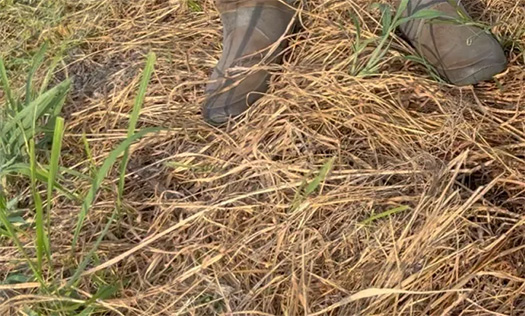
まぁなんとかカタチが整って、土だけにほぼ還元できておりました。
こういった農事作業でもなんとか体力が持っていたので、ちょっと内心は自信を持っておりました。で、一度始めると、庭仕事・土いじりというのも、奥行きを感じさせられる。晴耕雨読というコトバがありますが、どうもそういう部分に多少「スイッチが入った」かも知れないと、自分を制御するのに必死であります(笑)。・・・
English version⬇
Land preparation for a flower garden and parking lot
I have been living in the media of house and land, but this is the first time I have experienced tinkering with soil. I was exposed to the “depth” of working with plants.
After returning from the business trip, I checked the progress of the “house decluttering” project.
I took all the large trash that had accumulated to the city’s shredding center for disposal, and then went to a special disposal center for ceramics and glass. He has become a familiar face, and when our eyes meet, he looks at me and says, “This guy always comes here, doesn’t he? Please take care of him.
Meanwhile, the organization of the house is progressing surprisingly well, and as we had prepared in advance, we were able to have a meeting with the client for the construction yesterday.
The main thing inside the house is basically the organizing work, but if that does not progress, the prerequisites for commissioning construction will not be created. In order to have architectural work started, a common visual confirmation that explicitly says, “This is what we are going to do here,” is a prerequisite. If there is confusion inside the house, it will result in unnecessary confusion in the imagination of the architects.
In the future in Japan, the number of areas that deal with existing buildings will increase, and it will probably become more important for the “client side” to “prepare the house” – to put the house in order. It is a matter of coordination between daily life and architectural work.
In this case, it is not only about the interior, but also about the preparation of the parking lot. In this case, the plan is to convert the existing “flower garden” into a parking space. In this case, the plan was to convert the existing “flower garden” into a parking space. Well, it is roughly about 10 square meters, but the rhizomes have been resisting me so much because of the years of neglect (laughs).
I don’t have much experience in garden work, so I don’t really understand the choice of tools itself (tears). But, especially winter dead plants have “strong” roots. I found a tool like a skidaddle and started to work at random. We struggled with it, but in the middle of the work, my wife made an urgent request, saying, “Oh, I want to replant the beautiful flower buds with other plants.
I had managed to keep up my physical strength in this kind of farming work, so I was a little confident inside. And once I started, I could feel the depth of gardening and tinkering with the soil. There is a saying, “it’s all in the sun, it’s all in the rain,” and I am struggling to control myself, thinking that I may have “turned on” a bit in this area (laughs). Laughs.
Posted on 4月 16th, 2024 by 三木 奎吾
Filed under: 住宅取材&ウラ話 | No Comments »



